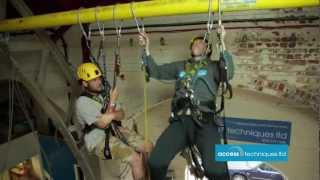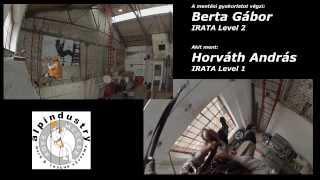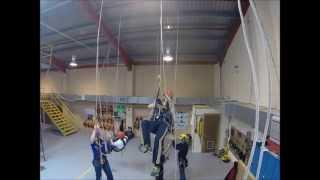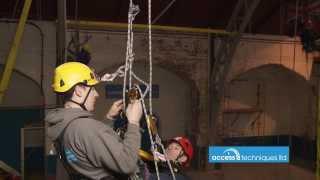This is an audio version of the Wikipedia Article:
https://en.wikipedia.org/wiki/Confined_space_rescue
00:01:01 1 Confined space rescue categories
00:01:17 1.1 Self rescue
00:01:54 1.2 Non-entry rescue
00:02:28 1.3 Entry rescue
00:03:04 2 Rescue equipment
00:04:31 3 Rescue training
00:05:47 4 See also
Listening is a more natural way of learning, when compared to reading. Written language only began at around 3200 BC, but spoken language has existed long ago.
Learning by listening is a great way to:
- increases imagination and understanding
- improves your listening skills
- improves your own spoken accent
- learn while on the move
- reduce eye strain
Now learn the vast amount of general knowledge available on Wikipedia through audio (audio article). You could even learn subconsciously by playing the audio while you are sleeping! If you are planning to listen a lot, you could try using a bone conduction headphone, or a standard speaker instead of an earphone.
Listen on Google Assistant through Extra Audio:
https://assistant.google.com/services/invoke/uid/0000001a130b3f91
Other Wikipedia audio articles at:
https://www.youtube.com/results?search_query=wikipedia+tts
Upload your own Wikipedia articles through:
https://github.com/nodef/wikipedia-tts
Speaking Rate: 0.9849930418074087
Voice name: en-AU-Wavenet-D
"I cannot teach anybody anything, I can only make them think."
- Socrates
SUMMARY
=======
Confined space rescue is a subset of technical rescue operations that involves the rescue and recovery of victims trapped in a confined space or in a place only accessible through confined spaces, such as underground vaults, storage silos, storage tanks, or sewers.
Confined space rescues can be technically challenging due to the environment in which they occur. Confined spaces are often narrow and constricting, preventing easy access by rescuers. They are usually either unlit or poorly lit, so rescuers must provide their own light source. Finally, confined spaces often contain hazardous materials in liquid or gas form which can be harmful or fatal to humans.
These hazards can be fatal as they create a limited window in which to perform a rescue. The general rule is that after four minutes without oxygen, a person in a confined space will likely suffer asphyxia resulting in either brain damage or death. The urgent need to rescue someone from a confined space often leads to ill-prepared rescue attempts. Two-thirds of all of deaths occurring in confined spaces are attributed to persons attempting to rescue someone else.
- Category
- Confined Space Training







